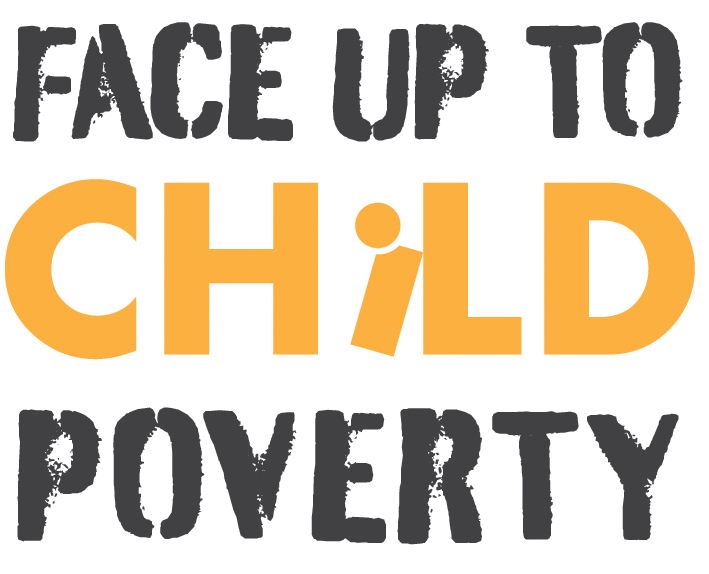Created on: 10 Feb 2017 | Last modified: 17 Jun 2024
American Federation of Teachers WebinarGeneral Secretary Larry Flanagan recently took part in a webinar with the American Federation of Teachers which focused on the current threat to American public education, and the effects this could have on the international community. Further information, sound clips and video of the webinar can be found here...Page 17 |
 |
Developing Union LeadershipThe EIS is committed to supporting its members, and to offering assistance when it is needed. The EIS remains resolutely a member-led organisation, with all policy decisions being taken by members through the institute's democratic structures...Page 8 |
|
PISA ExaminedThe recent publication of the Programme for International Student Assessment (PISA) report promoted the usual predictable flurry of media comment over which countries were the 'winners' and 'losers'. This type of shallow analysis, which runs counter to the principles and practice of PISA, misuses important data which is intended to support teaching and learning and highlight the need for education to be properly resourced...Page 12 |
|
Face up to Child PovertyThe Scottish Government in late December published its Annual Report on the child Poverty Strategy. Worryingly, the report clearly indicates that in spite of Scottish Government measures taken so far to mitigate the impact of UK-wide austerity, both relative and absolute child poverty levels have risen in Scotland since the last annual report was published...Page 18 |
 |
National Qualifications Assessment: Work in ProgressAt the end of January, the SQA made headline announcements of forthcoming changes to the balance of assessment within National 5 qualifications that are to take effect from session 2017-18. the changes follow the agreement on the removal of mandatory Unit Assessments from N5, higher and Advanced Higher over a three-year period from August 2017, prompted by successful industrial action by EIS secondary members in the earlier part of this session against excessive workload generated by SQA internal assessment...Page 25 |
 |
.